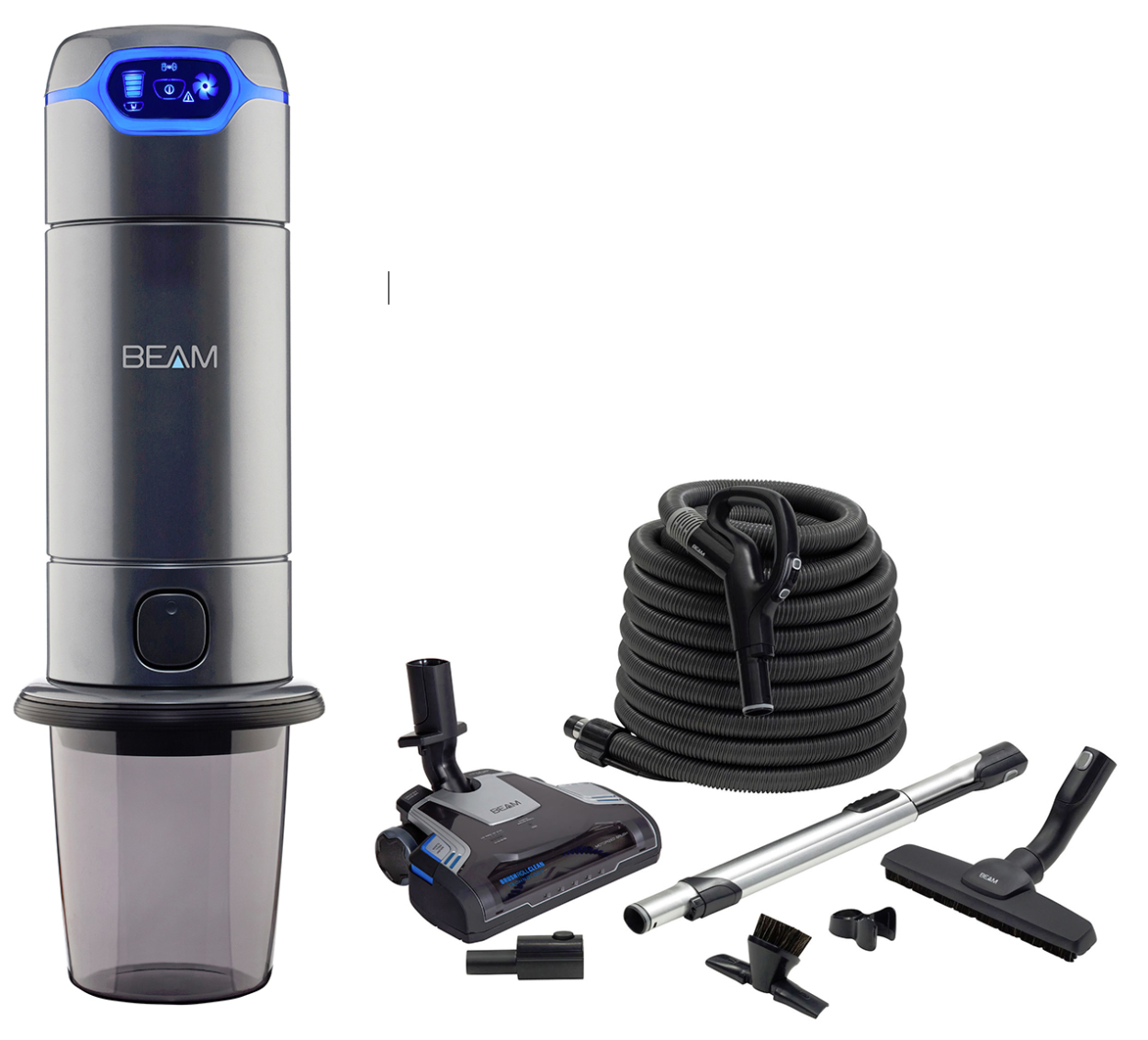The 4 Essential Parts of Any Vacuum
June 26th, 2019

Vacuum cleaners have many parts working together to ensure proper cleaning for all your dusty surfaces. What are the parts of a vacuum cleaner and what do they do?
Motor
Every vacuum has a heart, the part that keeps it running and this is the motor. Where is your vacuum cleaner’s motor located? It is the heavy part of your vacuum attached to a fan where air is forced over to expel the exhaust. There are many different suction and cleaning levels depend on the strength of your vacuum’s motor. To help determine the cleaning capabilities, you should be aware of the power. Vacuum power is measured in watts and has amp ratings that determine the amount of electrical current used while operating. Find a high wattage, high amp vacuum and you will likely have the cleanest house on the block.
Internal Fan
The internal fan is located behind the rotating brush and works with it. It acts like a tour guide, constantly guiding dirt and debris through the filter and into the dust bag.
Filter
Your vacuum filter is essential for separating heavy, solid objects from dust. Why is this important? Because large objects can often break parts of your vacuum. It is extremely important to have a good filter. Fan blades can get damaged and holes can occur in the dust bag if hard debris gets past the filter. The filter is like your vacuum’s shield from a sword. You can choose which type of shield you want to use based on what you usually use your vacuum for. There are 2 types of filters.
Post-motor filter:
This type of filter helps stop particles from entering into the air after being sucked up by your vacuum. Having a post–motor filter allows the release of only clean air from the exhaust.
HEPA filter:
This filter captures almost 99.9% of particles, even the minutest ones so it is a great option for you if you suffer from allergies. All those dust microns and pollen that make you sneeze and cough will get trapped in a HEPA filter.
Power Source
Of course, there is the power source for your vacuum. This component is either in the form of a rechargeable battery or an AC power cord that plugs into the wall. You definitely need a power source to turn your vacuum on and off. The advantage to a battery-operated vacuum is the lightweight portability of the unit. However, for bigger jobs, you may want to choose a vacuum with a continual source of power from a dedicated wall plug-in to avoid draining the battery before you are finished cleaning.
Next time you are vacuum shopping, think about all the parts of this important cleaning tool and choose a vacuum that will work best in your environment. Ask a vacuum expert at the Vacuum Specialists for answers to any questions about filters, fans and motors. After all, your vacuum is essential to a clean, dust-free living.





